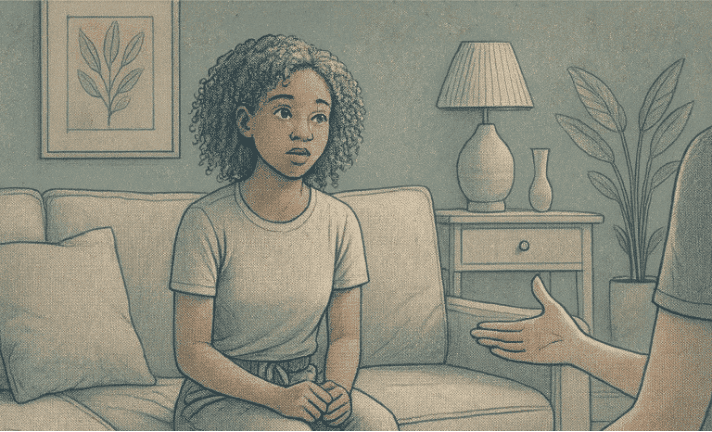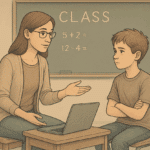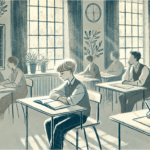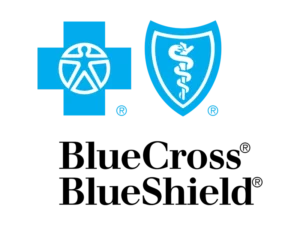Key Takeaways
- ADHD has three distinct presentations: predominantly inattentive, predominantly hyperactive-impulsive, and combined, each with unique characteristics that affect teens differently.
- Inattentive ADHD often goes unnoticed in teens because symptoms like disorganization and forgetfulness can be mistaken for typical teenage behavior or lack of motivation.
- Hyperactive-impulsive symptoms in teens look different than in children, often appearing as internal restlessness, excessive talking, or difficulty with impulse control rather than obvious physical hyperactivity.
- ADHD presentations can change over time, especially during adolescence, making ongoing assessment and flexible treatment approaches essential for teen success.
- Mission Prep offers specialized programs for teens ages 12–17 that address all ADHD presentations through evidence-based therapeutic approaches designed for adolescent needs.
Understanding ADHD in Teens
ADHD shapes the way teens focus, manage their energy, and handle impulses. It shows up in three different presentations, each with its own challenges and strengths, which is why knowing which type your teen has makes such a difference.
The teenage years can make things even trickier. Symptoms often shift during adolescence, and as schoolwork and responsibilities increase, what once felt manageable can suddenly become harder to control.
ADHD isn’t a total lack of attention; it’s the struggle to regulate it. Teens might lock in with intense focus on something they enjoy, but then have trouble staying on track with tasks that feel dull or demanding.
Mission Prep Healthcare specializes in mental health treatment for teens aged 12-17, offering residential and outpatient programs for anxiety, depression, trauma, and mood disorders. Our therapies include CBT, DBT, EMDR, and TMS, tailored to each adolescent’s needs.
With a structured, supportive environment, we integrate academic support and family involvement to promote lasting recovery. Our goal is to help teens build resilience and regain confidence in their future.
Type 1: Predominantly Inattentive Presentation
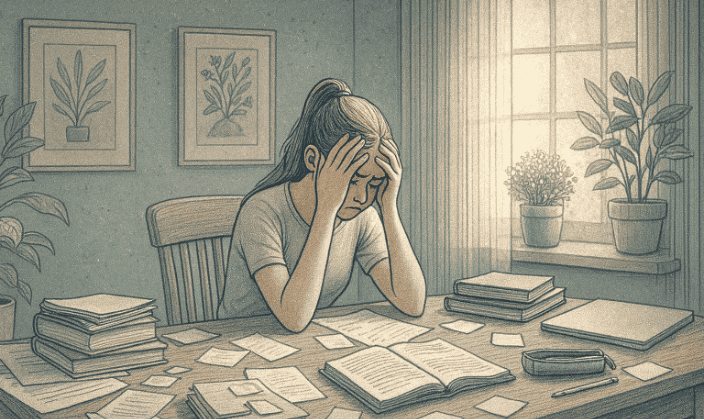
Teens with inattentive ADHD often struggle with organization, time management, and maintaining focus on tasks that don’t immediately capture their interest.
Predominantly inattentive ADHD is often the “quiet” presentation that flies under the radar. Teens with this presentation aren’t bouncing off walls or interrupting conversations. Instead, they’re daydreaming during class, forgetting to turn in completed homework, or losing track of belongings regularly.
These teens often hear phrases like “if you’d just try harder” or “you’re so smart, why can’t you get it together?” The truth is, they are trying hard, but their brains process information and attention differently.
In the classroom, inattentive ADHD might look like a student who starts strong on projects but struggles to finish them, loses focus during lectures despite wanting to pay attention, or makes careless mistakes on tests even when they know the material. They might avoid tasks requiring sustained mental effort, not because they’re lazy, but because maintaining focus feels exhausting.
Socially, these teens may seem distant or disengaged in conversations, accidentally tuning out when friends are talking, or forgetting plans they genuinely intended to keep. This can strain friendships and create feelings of isolation.
Organization becomes increasingly challenging as academic demands grow. Teens with inattentive ADHD often have messy backpacks, unclear notes, and difficulty tracking multiple assignments. Time management feels nearly impossible—they underestimate how long tasks will take and struggle to prioritize effectively.
What helps teens with this presentation is structure, external reminders, and breaking large tasks into smaller, manageable steps. Therapeutic approaches that teach organizational skills, time management strategies, and self-monitoring techniques can be transformative.
Type 2: Predominantly Hyperactive-Impulsive Presentation
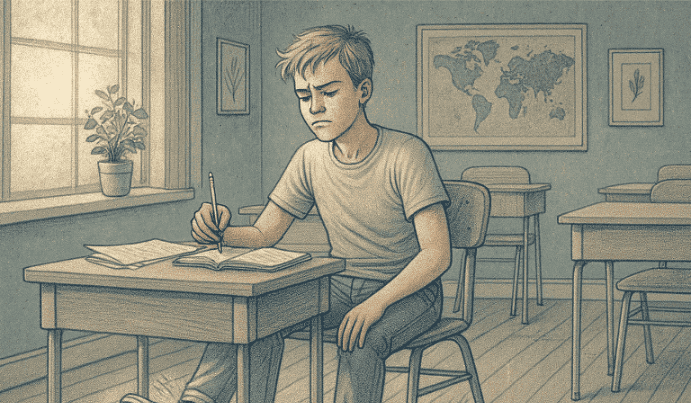
Hyperactive-impulsive ADHD in teens often manifests as internal restlessness, excessive talking, and difficulty thinking before acting.
Predominantly hyperactive-impulsive ADHD is what most people picture when they think of ADHD, but it looks different in teenagers than in younger children. While young kids might literally climb on furniture or run around inappropriately, teens experience these symptoms more subtly.
Hyperactivity in teens often shows up as constant fidgeting: tapping pens, bouncing legs, playing with objects, or needing to move around frequently. They might feel internally restless, like they’re “driven by a motor” even when sitting still. Many describe feeling uncomfortable in their own skin when forced to remain seated for long periods.
These teens talk excessively, often dominating conversations without realizing it. They interrupt others not to be rude, but because thoughts feel so urgent, they can’t wait to express them. In class discussions, they might blurt out answers before questions are finished or struggle to wait to be called on.
Impulsivity creates significant challenges during adolescence. Teens with this presentation might make quick decisions without considering consequences, like saying yes to plans without checking their schedule, spending money impulsively, or acting on emotions in the moment. Their brain’s executive function system struggles to pause between impulse and action.
Socially, impulsivity can lead to awkward moments or damaged relationships. These teens might accidentally offend friends by interrupting or changing topics abruptly, struggle to wait their turn in activities, or have difficulty with activities requiring quiet focus.
With the right support, teens can learn to channel their energy productively and develop strategies to slow down their decision-making process. Behavioral therapy focusing on impulse control, mindfulness practices that increase awareness of thoughts before actions, and building in “pause” moments can help significantly.
Type 3: Combined Presentation

Combined presentation ADHD includes significant symptoms of both inattention and hyperactivity-impulsivity, creating unique challenges that require comprehensive support.
Combined presentation is the most commonly diagnosed form of ADHD. Teens with this presentation experience significant symptoms from both the inattentive and hyperactive-impulsive categories, creating a complex picture that affects multiple areas of their lives.
These teens face a double challenge. They struggle with focus and organization like those with inattentive ADHD, while also dealing with restlessness and impulsivity. This combination can be particularly overwhelming because they’re managing difficulties in attention regulation, emotional control, time management, and physical restlessness all at once.
In school, a combined presentation might look like a student who can’t sit still during lectures and also struggles to remember what was said, starts homework impulsively without planning, and then gets distracted before finishing, or talks excessively while also losing track of the conversation topic.
The combined nature of symptoms can create a cycle where each challenge makes the others worse. For example, impulsivity might lead to starting projects without planning, which then increases organizational problems and makes sustained attention even harder.
These teens often want connection but find maintaining friendships challenging. They might interrupt conversations, forget to follow up on plans, and struggle to read social cues when they need to settle down.
However, combined presentation responds well to comprehensive therapeutic approaches that address multiple symptom areas simultaneously. Cognitive-behavioral therapy, social skills training, and executive function coaching can help teens develop strategies across all areas of difficulty.
How ADHD Presentations Can Change Over Time
ADHD doesn’t stay the same as teens grow. What once looked like constant movement in childhood can turn into mental restlessness or trouble relaxing. At the same time, inattentive symptoms often stand out more once school demands ramp up.
Some teens shift presentations during adolescence, moving from combined to mostly inattentive. Others aren’t diagnosed until this stage, when independence and academics highlight the struggles. Because ADHD can change, the strategies that worked last year might not fit today. Staying flexible and checking in regularly helps teens manage these shifts with more confidence.
Supporting Teens with Each ADHD Presentation
Different approaches can make a big difference for teens with ADHD. Cognitive-behavioral therapy helps them notice unhelpful thought patterns and practice strategies to refocus or slow down impulses. Behavioral therapy builds practical skills like organization, time management, and social awareness that make daily life smoother.
Executive function coaching gives teens tools to plan, prioritize, and break projects into steps, easing stress and boosting confidence. Social skills training teaches them how to read cues, manage impulsivity in conversations, and strengthen friendships. Mindfulness adds another layer, helping teens pause, notice what they’re feeling, and respond with more control.
Why Mission Prep Helps Teens with ADHD

Mission Prep’s specialized programs provide comprehensive support for teens with all ADHD presentations through evidence-based therapeutic approaches.
When ADHD symptoms significantly impact a teen’s daily functioning despite classroom accommodations and outpatient support, Mission Prep Healthcare offers specialized programs designed specifically for adolescents ages 12–17.
Our approach recognizes that each ADHD presentation requires tailored strategies. We don’t offer one-size-fits-all treatment; instead, our clinical team develops individualized plans that address each teen’s specific symptom profile, strengths, and challenges.
Through residential, outpatient, and telehealth services, we provide intensive therapeutic support using approaches proven effective for adolescent ADHD. Our programs emphasize skill-building rather than symptom management alone, teaching teens practical strategies they’ll use throughout their lives.
Cognitive-behavioral therapy forms the foundation of our ADHD treatment, helping teens understand how their thinking patterns affect their behavior and emotions. We combine this with executive function training, teaching the organizational and planning skills that make academic and personal success possible.
Our programs also include family therapy because ADHD affects the entire family system. Parents learn effective strategies for supporting their teen at home, and family members work together to reduce conflict and increase understanding.
What makes Mission Prep unique is our comprehensive approach that addresses not just ADHD symptoms but also the emotional impact of living with ADHD. Our integrated treatment addresses co-occurring concerns while building ADHD management skills.
Frequently Asked Questions (FAQ)
Can my teen have symptoms of all three presentations?
While it’s common for teens to show some symptoms from different presentations, a diagnosis is based on which symptoms are most prominent. Combined presentation specifically describes teens who meet full criteria for both inattentive and hyperactive-impulsive symptoms. A thorough evaluation by a qualified professional can determine which presentation best describes their experience.
Will my teen’s ADHD presentation stay the same or change?
ADHD presentations often shift over time, especially during adolescence. Many teens diagnosed with hyperactive-impulsive or combined presentation in childhood shift toward more inattentive symptoms as they get older. This is completely normal and reflects how ADHD naturally develops. Regular reassessment ensures treatment stays aligned with current needs.
What therapeutic approaches work best for different ADHD presentations?
All ADHD presentations respond well to cognitive-behavioral therapy, executive function training, and skill-building approaches. The specific focus varies based on presentation; inattentive presentation might emphasize organizational systems, while hyperactive-impulsive presentation might focus more on impulse control. Mission Prep’s individualized treatment plans for each teen’s specific presentation and challenges.
How does Mission Prep determine which ADHD presentation my teen has and create an appropriate treatment plan?
Mission Prep begins with a comprehensive assessment by our clinical team, including detailed interviews, behavioral observations, and symptom evaluation to identify your teen’s specific ADHD presentation. Based on these findings, we develop a personalized treatment plan specifically for your teen’s unique symptoms, whether predominantly inattentive, hyperactive-impulsive, or combined. Our team continuously monitors progress and adjusts approaches as needed, which is especially important since ADHD presentations can shift during the teenage years.


